Fontainebleau Palace: Now more than ever, finding alternatives to the big sights in Europe is essential. Travel at almost any time of the year means crowds at the famous sights like Versailles, and traveling in Europe in the summer has gotten more difficult with extreme heat and bigger crowds. But if you’re in France and want the perfect day trip from Paris, you can enjoy a quiet day at a French château. We did just that last summer and found Château de Fontainebleau impressive yet uncrowded, the perfect alternative to Versailles!
Table of Contents
Why visit Château de Fontainebleau instead of Versailles
Historical significance:
Château de Fontainebleau has a rich history that spans over 800 years, much longer than that of Versailles. Over several centuries, it served as the “family home” for 34 kings and two emperors of France. These included the biggies — François I, Catherine de’ Medici, Louis XIV (“the Sun King”), Louis XVI, and Napoleon Bonaparte.
Fontainebleau Palace was originally a hunting lodge built by Louis VII in the 12th century until the Renaissance king, François I, fell in love with the surrounding forest and its potential for hunting. He had the lodge rebuilt as a sweeping Italian-style palace and left his mark here with the Fs seen in the François I Gallery.
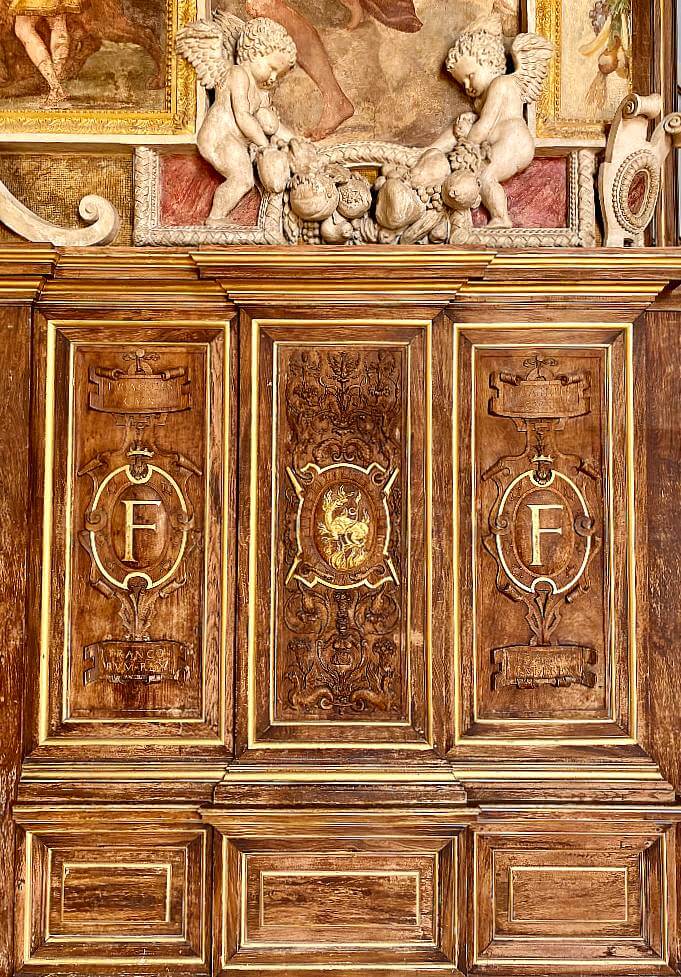
François I brought artists from Italy, most notably the well-known Mannerist painter Rosso Fiorentino. Leonardo da Vinci also visited, and two of his masterpieces, Mona Lisa and Madonna of the Rocks, were displayed in the bathhouse apartment.
Fontainebleau continued to be a favorite relaxation retreat for French monarchs, and so much history happened inside the palace! For example, Louis XIV asserted his absolute power here. Louis XVI and Marie-Antoinette used Fontainebleau to escape when they wanted quiet. It was here that Napoleon signed his abdication in 1814, marking the end of his reign. This is where he made his exit on his way to exile.
Visiting the château allows you to easily learn about the history of France through the displays and opulent decor of the royalty.
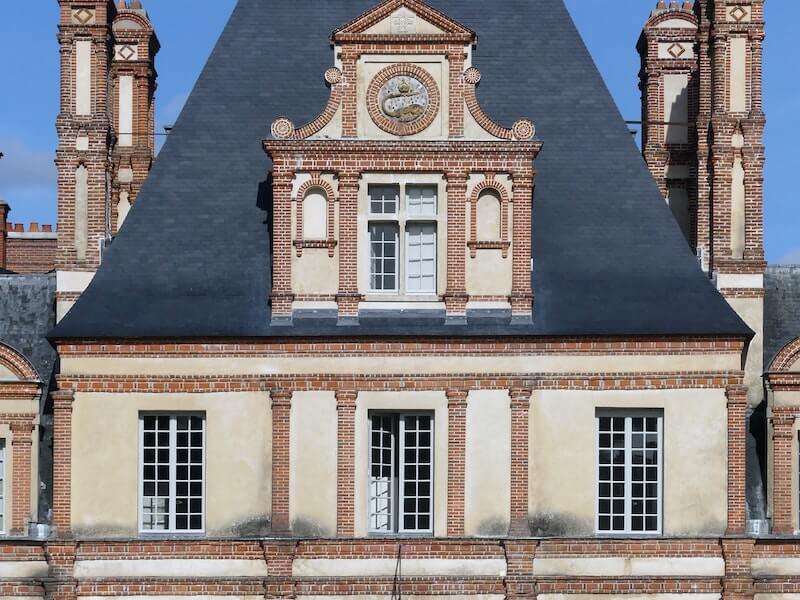
Architectural marvel:
This sweeping château is not only enormous but also features stunning halls, grand marble staircases, lavishly decorated bedrooms, and more. It’s also a UNESCO World Heritage Site. Leave plenty of time to take in all the intricate details and craftsmanship of Fontainebleau Palace’s architecture both inside and out.
Impressive grounds:
In addition to the magnificent palace, the extensive grounds surrounding Château de Fontainebleau are worth exploring. The 130 hectares include four main courtyards, three formal gardens, a park, and the “Grand Parterre,” the largest formal gardens in Europe.
Surrounding the palace grounds is a forest with cycling and hiking trails.
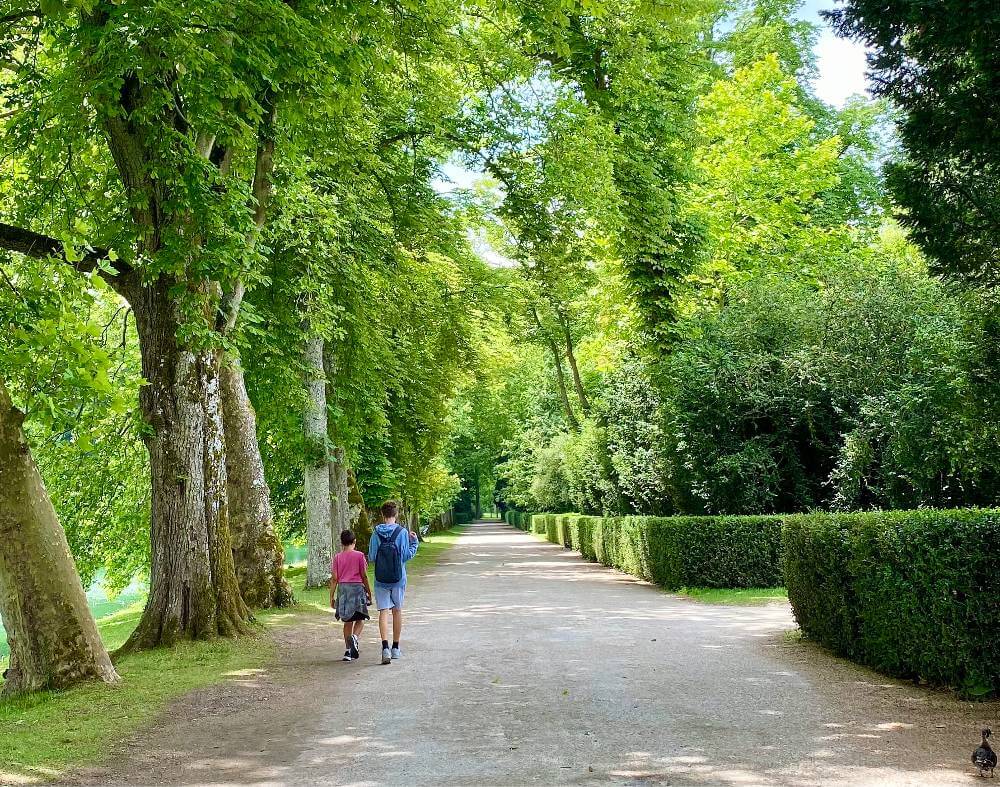
The gardens, designed in the French formal style, offer serene landscapes, ornamental fountains, and carefully trimmed hedges. You can take leisurely walks, enjoy a picnic, or simply relax in the beauty of nature without crowds. Note that despite the gardens’ impressive size, they are more simple than those of Versailles.
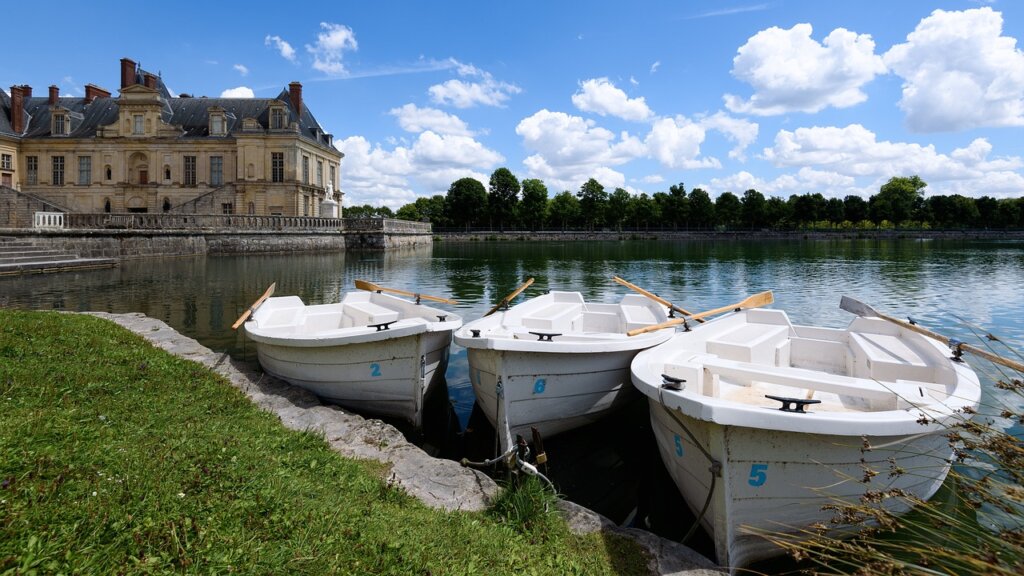
Convenient location:
Château de Fontainebleau is situated just 55 kilometers (34 miles) southeast of Paris, making it easily accessible from the capital city. See below for information about how to get to Fontainebleau Palace from Paris.
The château is located in the town of Fontainebleau, which provides an opportunity to experience the authentic French way of life. The town features charming streets, quaint shops, art galleries, and restaurants offering delicious local cuisine. Downtown Fontainebleau can be reached via the same bus (#1) that takes you to the palace.
What to see at Fontainebleau Palace
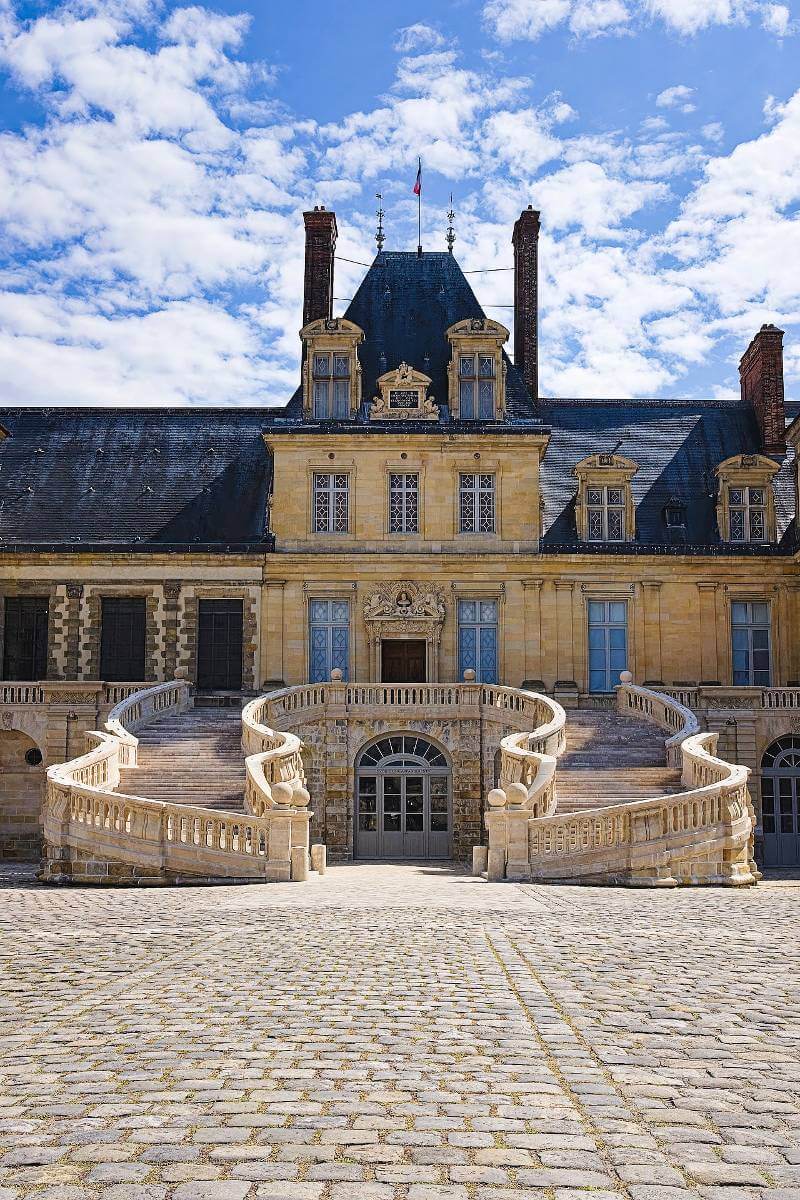
The Horseshoe Staircase
The Horseshoe Staircase, built at the request of King Lous XIII between 1632 and 1634, has become symbolic of Fontainebleau because of its unique and beautiful design. Two large curving flights of 46 steps meet at a landing in the middle. The staircase’s base is made of sandstone from the surrounding forest; because sandstone becomes porous over time, the staircase was damaged over the centuries. It was recently renovated and now looks as good as new.
Beginning during the reign of King Louis XIV, the beautiful staircase was used as a grand backdrop to greet princesses arriving for marriage to a son of France. It was also the scene of Napoleon I’s notorious farewell to his guard as his empire collapsed and he left for exile in 1814.
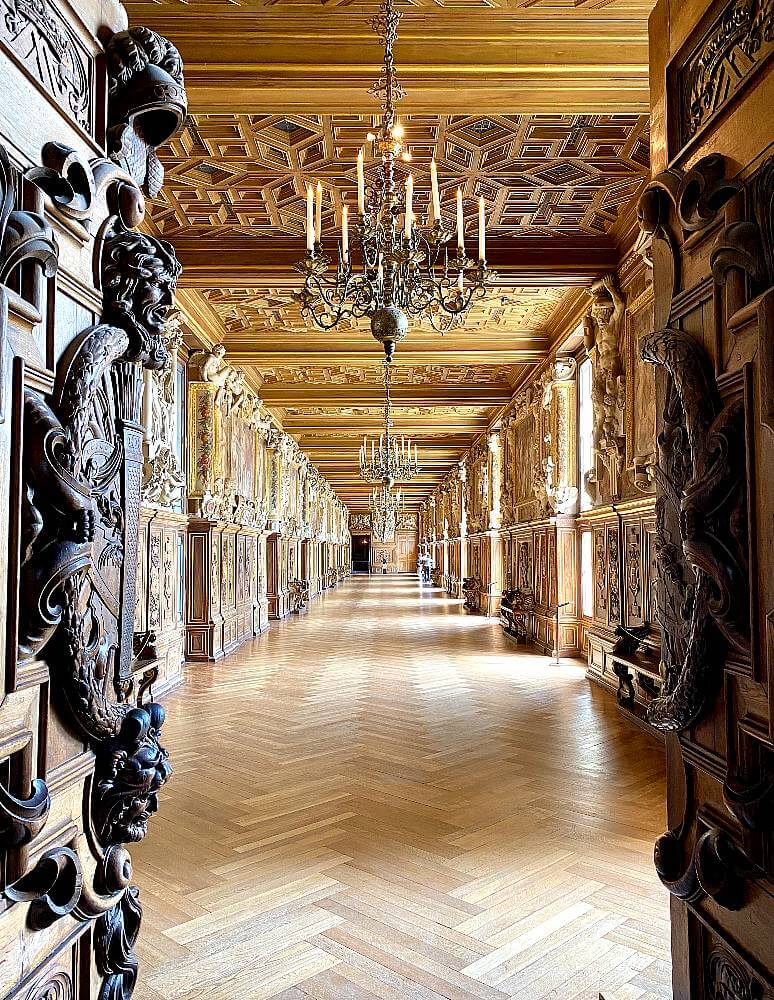
The François I Gallery
This grand hall with intricately carved wood panels, sculptures, and paintings is a master work of the French Renaissance from the 1520s-1530s. In fact, it was the original inspiration for the Hall of Mirror at Versailles! Supposedly, François I kept the key to this gallery around his neck and permitted only the most special of guests to see it.
François I was France’s Renaissance king, deeply influenced by the culture and art of the Italian Renaissance that had already taken shape in Florence, Italy, and beyond. François I commissioned Italian artists to live and work with him, and Rosso Fiorentino, the Florentine Mannerist painter, came here to design the gallery. The gallery’s frescoes are the work of Fiorentino and his team.
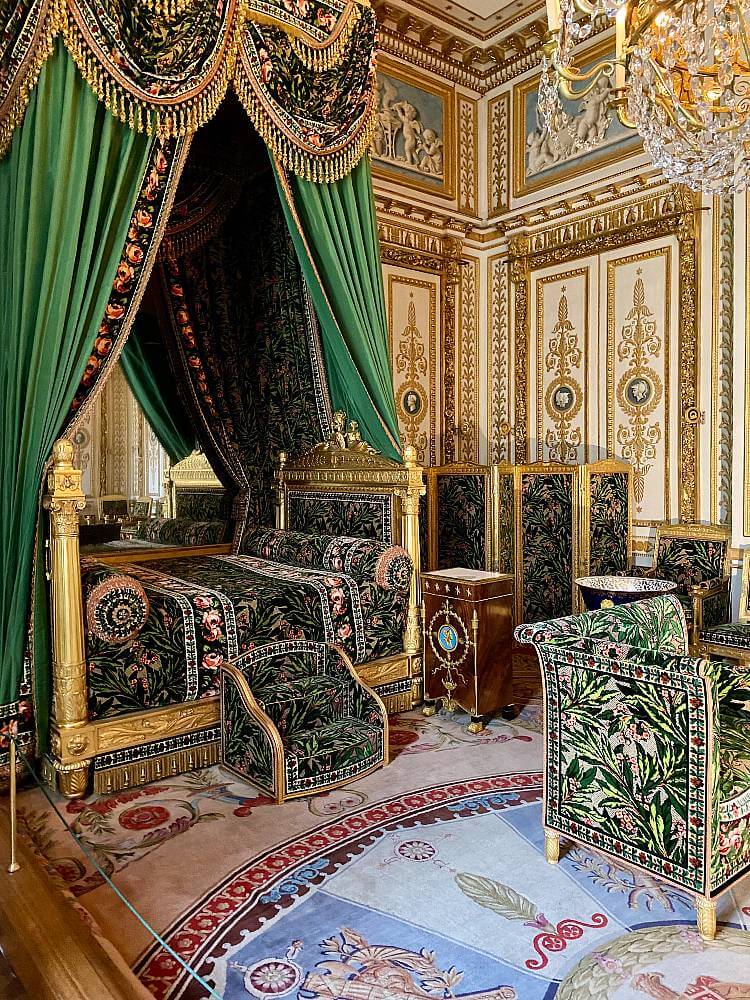
Napoleon’s bedroom
Perhaps Fontainebleau’s best known resident was the Emperor Napoleon I, who restored the palace after its ruin in the French Revolution and left his mark here from 1804 to 1814, when he took refuge at Fontainebleau just before his exile.
He converted Louis XVI’s former powder room into his bedroom in 1808. The columns on each corner of the gilded bed include pedestals representing the figures of Nobility, Glory, Abundance and Justice. The doors and panels of the room are ornately gilded with emblems of victories. Ironically, it was in this room that Napoleon attempted to poison himself following his abdication.
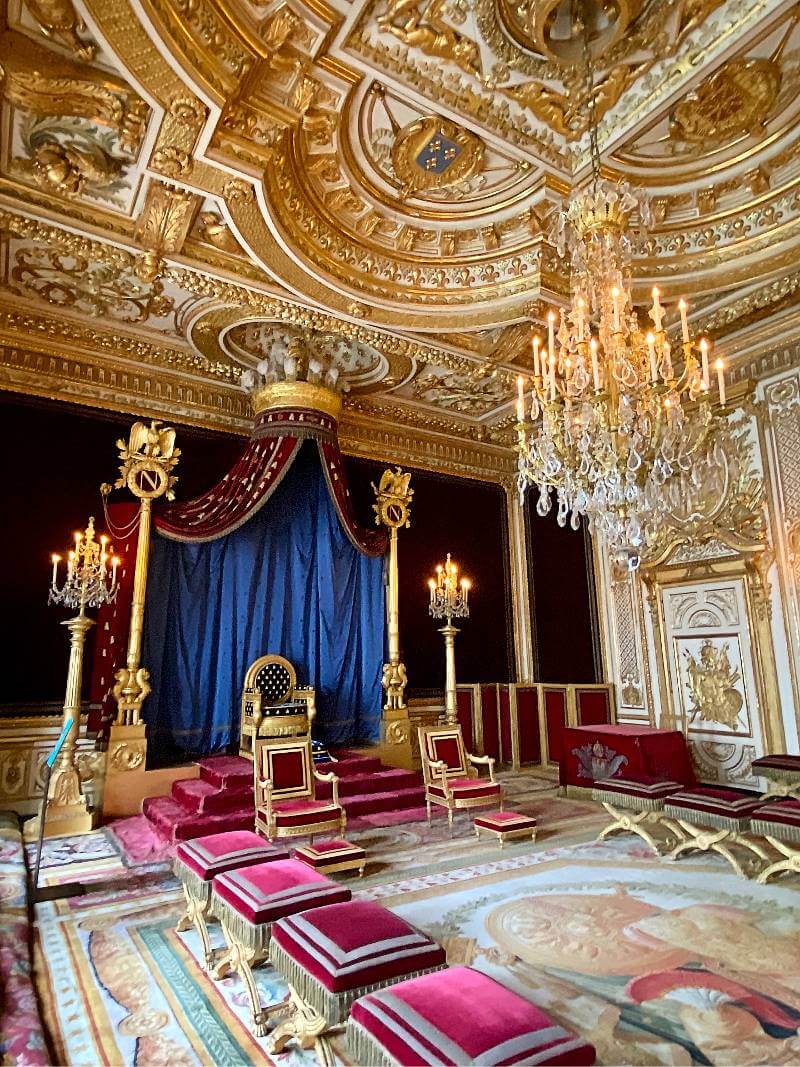
The Throne Room
The Throne Room at Fontainebleau is important as it is the only throne room preserved in France! In 1808, Napoleon I turned the former bed chamber into a throne room, and the throne is located in the place where the king’s bed originally stood. Note the details that Napoleon used to show his power: golden bees, laurel crowns, eagles, and an imperial monogram.
The Gallery of Diana
The Gallery of Diana is worth a stop not only because of its impressive design but also to see an example of how the palace was transformed over the centuries.
The Gallery of Diana was originally created by Henry IV for his queen in the early 17th century. The paintings that lined the gallery represented scenes from the myth of Diana, goddess of hunting. Two hundred years later, Napoleon initiated reconstruction and redesign of the gallery.
Later, after Napoleon’s reign when the monarchy was restored, King Louis XVIII had the gallery completed in the neoclassical style. The large globe that you can see as you view the gallery was brought here in 1861 from the office of Napoleon in the Tuileries Palace.
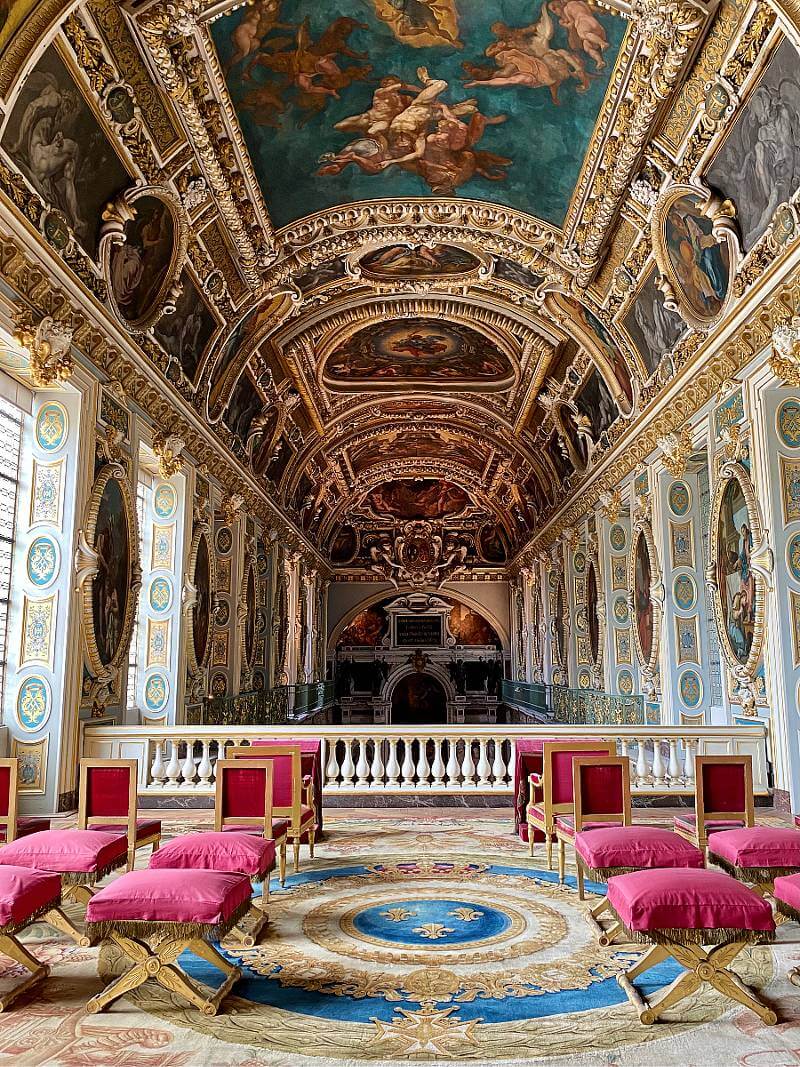
The Royal Chapel of the Trinity
Completed in 1633 under the reign of Louis XIII, this ornate chapel was decorated in what would later be called the Second School of Fontainebleau. Look at the vault ceiling and notice the compartments framed by thick ornate stucco moldings. The marriage of Louis XV and the baptism of Napoleon III (on the knees of Napoleon Bonaparte, his uncle) were celebrated here.
While there, be sure to also visit the darker, more solemn Saint-Saturnin royal chapel, the oldest chapel at the palace.
How to visit Château de Fontainebleau
The chateau is open every day except Tuesday, January 1st, May 1st and December 25th.
Hours are 9:30 to 6:00 (last entry at 5:15 pm) from April to September and 9:30 to 5:00 (last entry at 4:15 pm) from October to March.
The park and château gardens are free to enter.
The on-site restaurant is open for lunch every day.
Tickets include admission to the Grands Apartments and the Napoleon I Museum. Tickets can be purchased online in advance or on site when you visit. Full price: €14, reduced price: €12. An audio guide can be purchased for €4.
If you’re looking for a place to eat, try walking the small streets near the palace, but I do not recommend the large restaurant directly across from the entrance. You can also try the cafes in town or grab a bite at the palace’s on-site restaurant.
Check here for up-to-date information.
How to get to Fontainebleau Palace
If you’re staying in Paris, you can take the train to Fontainebleau.
Take the train from Paris Gare de Lyon station towards Montargis, Montereau, or Laroche-Migennes, and get off at the Fontainebleau-Avon station. The train ride takes about 45 minutes. Trains leave frequently throughout the day.
To purchase a train ticket, try the Mobilis Ticket, which allows unlimited travel in the 5 zones of greater Paris for one day. You can buy this ticket in every metro or train station; it costs 17,80€.
Once you arrive at the Fontainebleau Avon train station, you will see the bus stop outside the train station. Take Bus Line #1 through town to the palace. This bus runs every 15 minutes, and the ride takes around 16 minutes. Get off at the Bibliothèque bus stop. Your Mobilis pass should cover the bus fare as it covers all modes of public transportation.
Learn more here. Have you been to Château de Fontainebleau? What questions do you have about visiting the palace as an alternative to Versailles or an easy day trip from Paris?

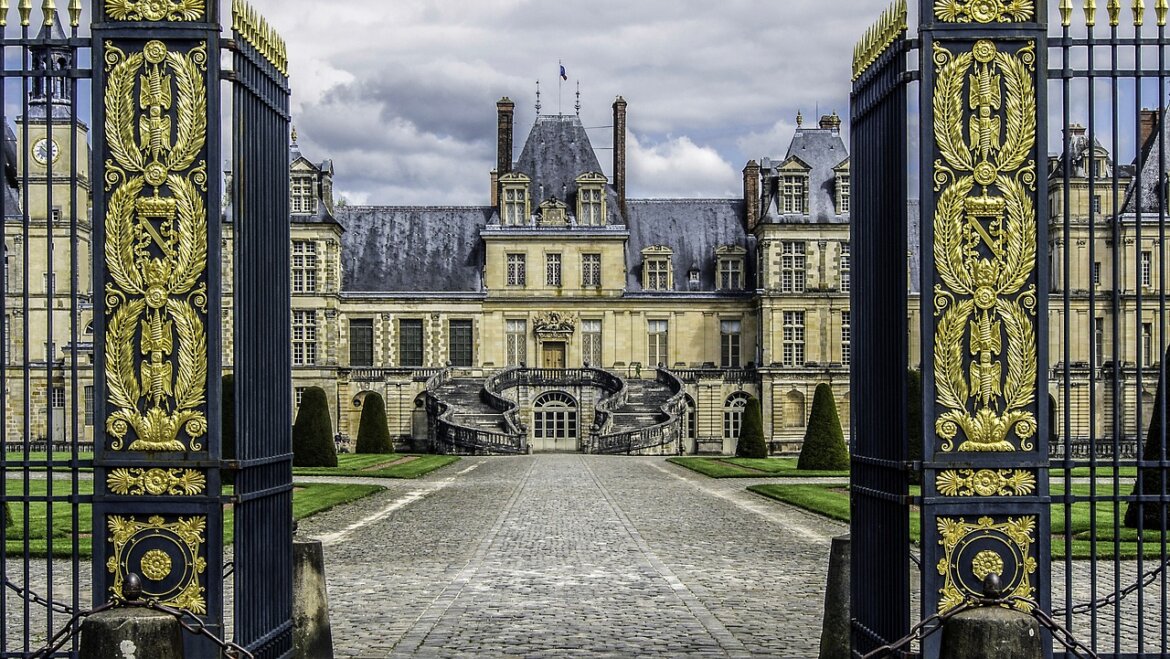
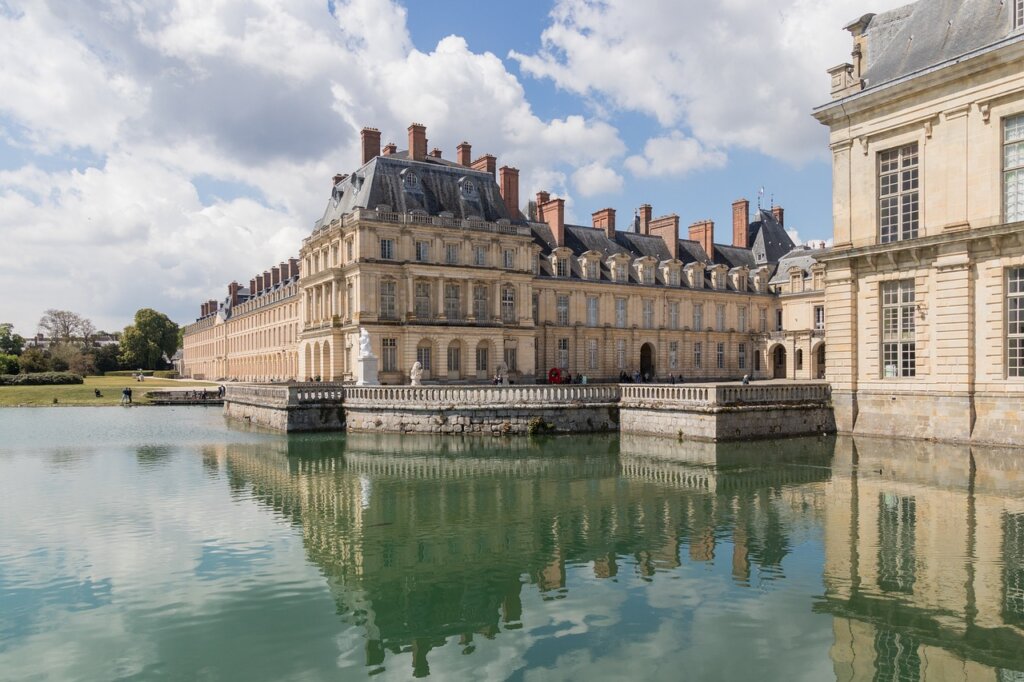
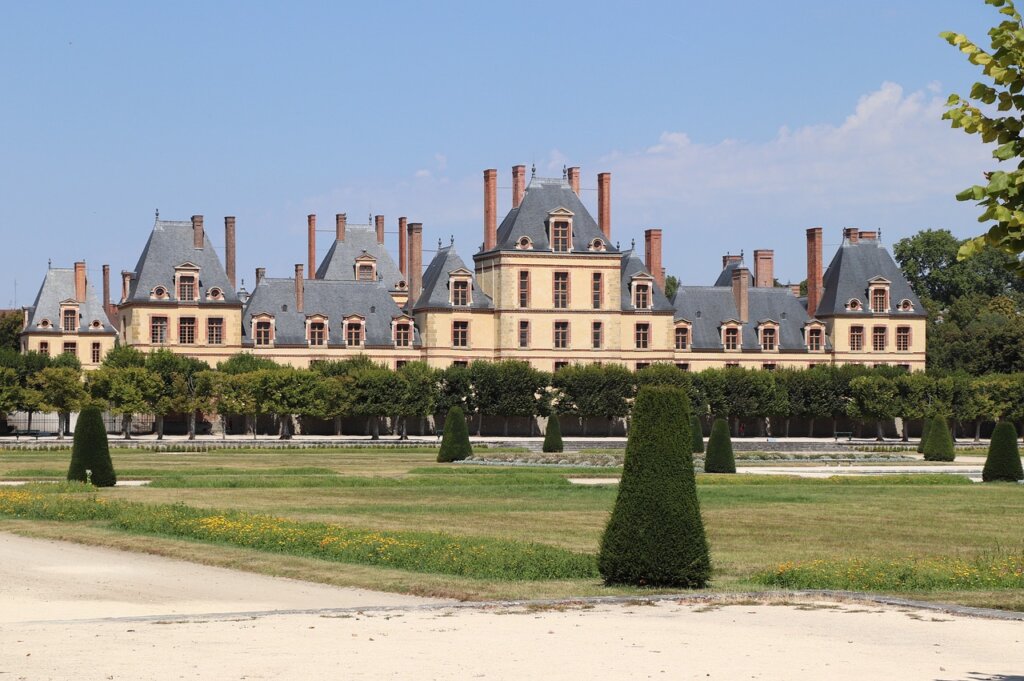
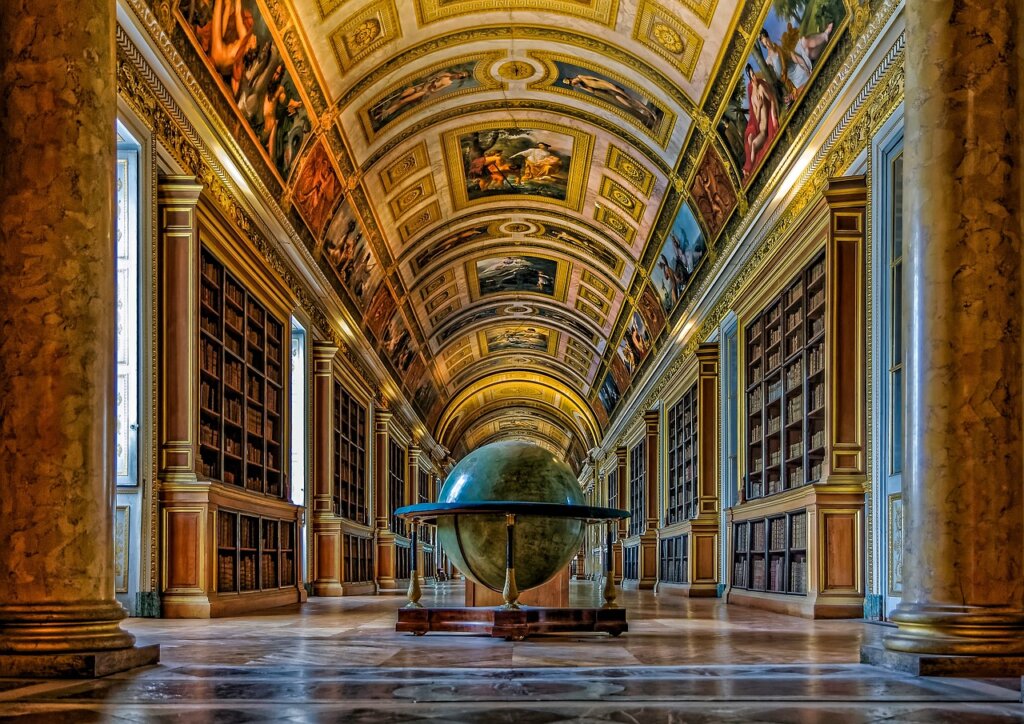
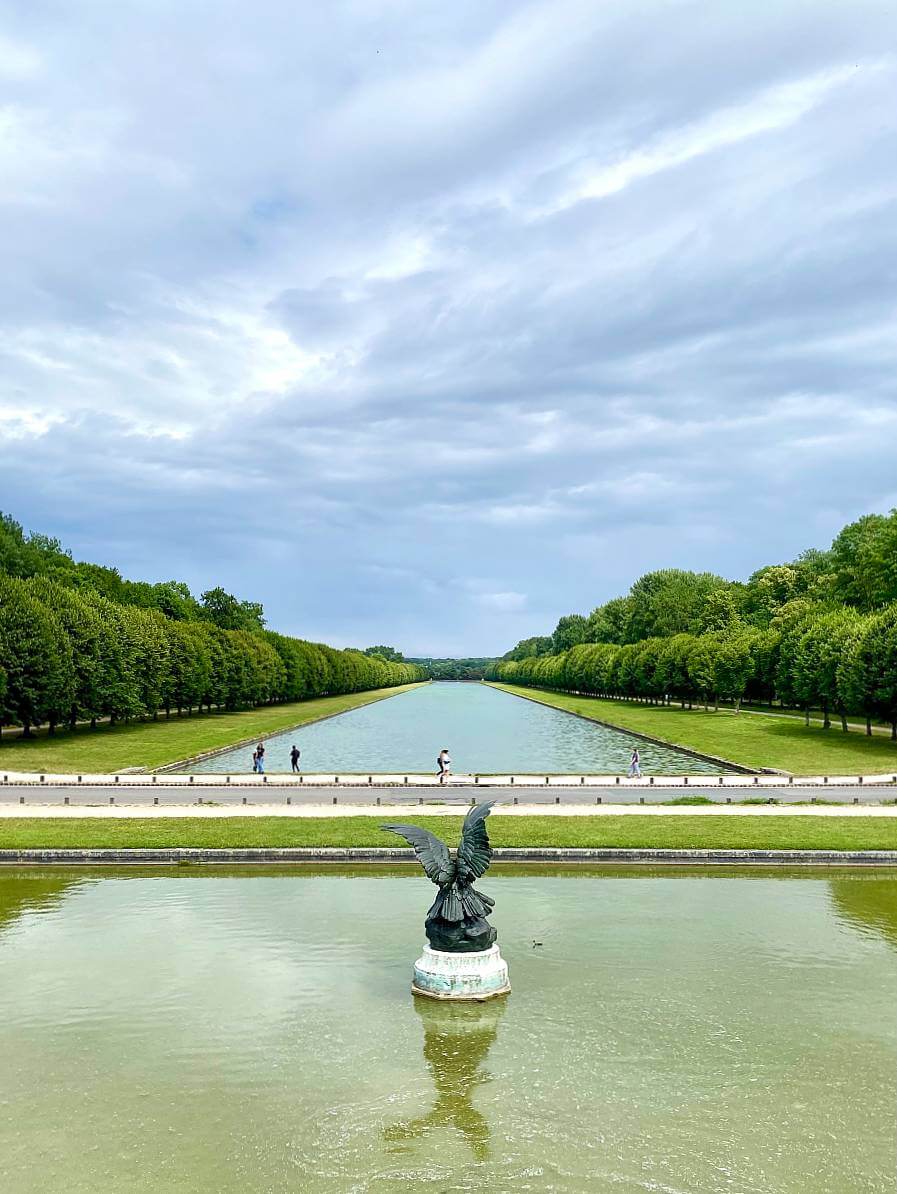
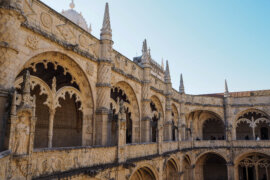
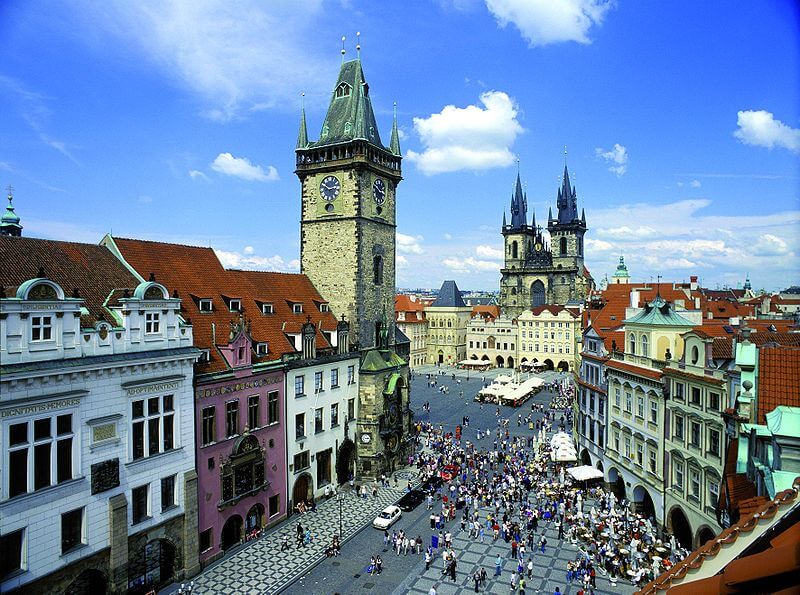
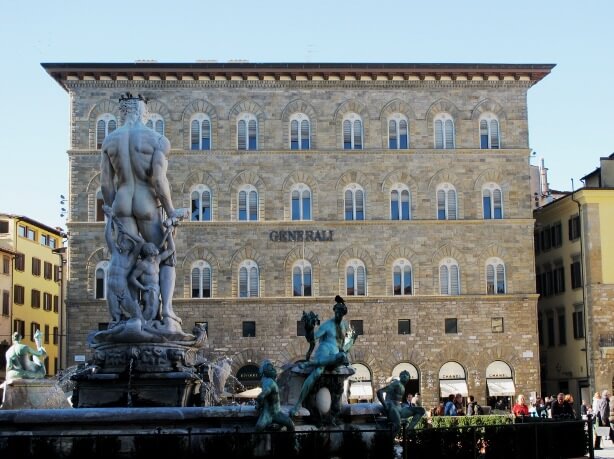
Wow, this is such a comprehensive and interesting blog post. You have done a great job of explaining why Fontainebleau Palace is a better choice than Versailles for palace lovers. You have covered everything from its historical significance, its architectural styles, and its artistic treasures. You have also shared some helpful information and tips on how to make the most of a visit to Fontainebleau Palace. You have inspired me to add it to my bucket list!